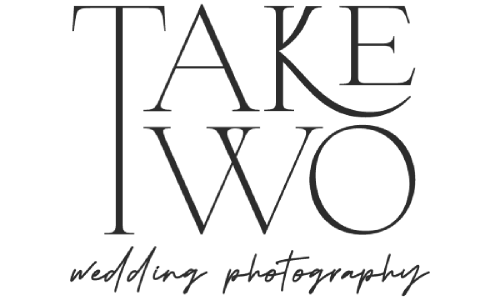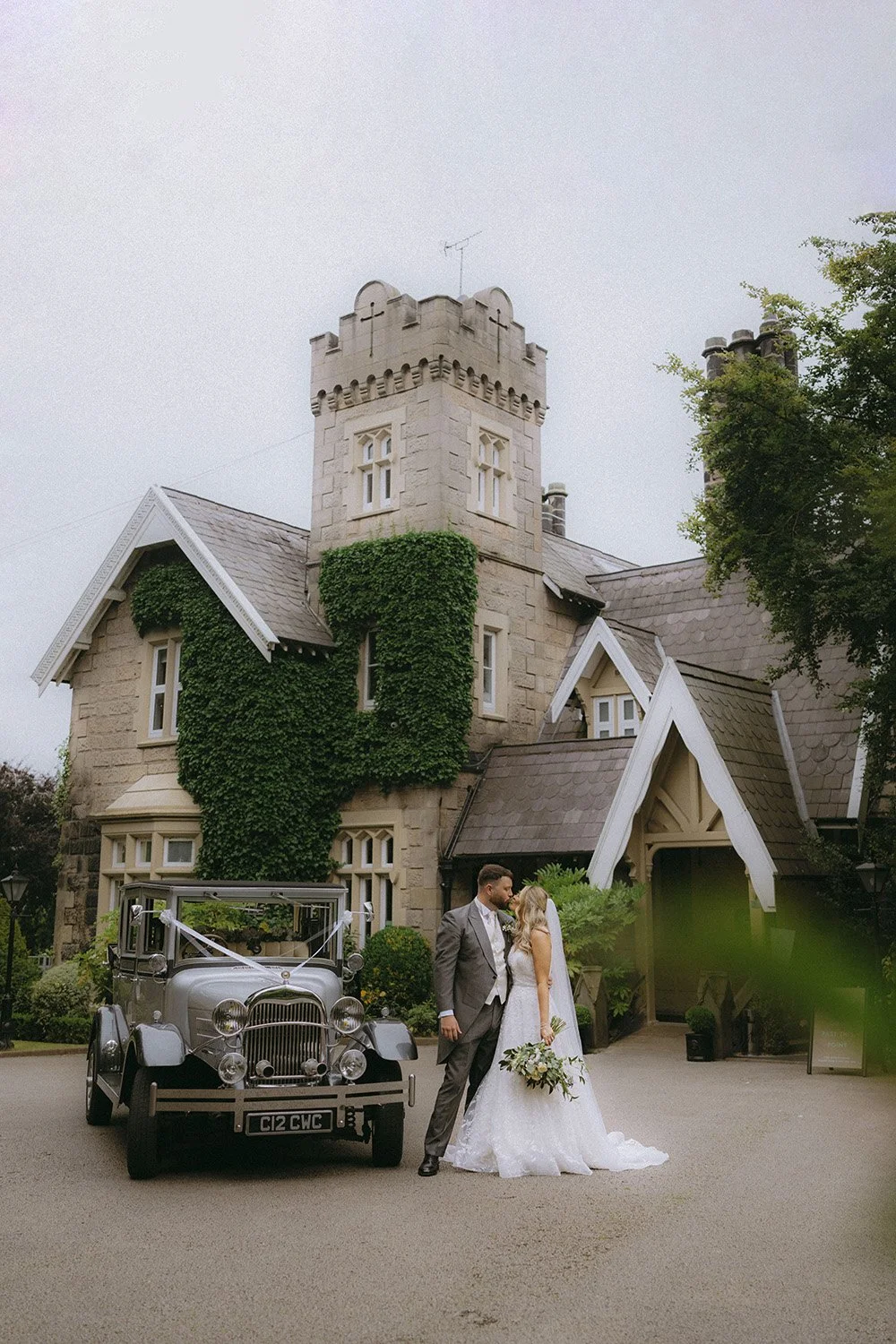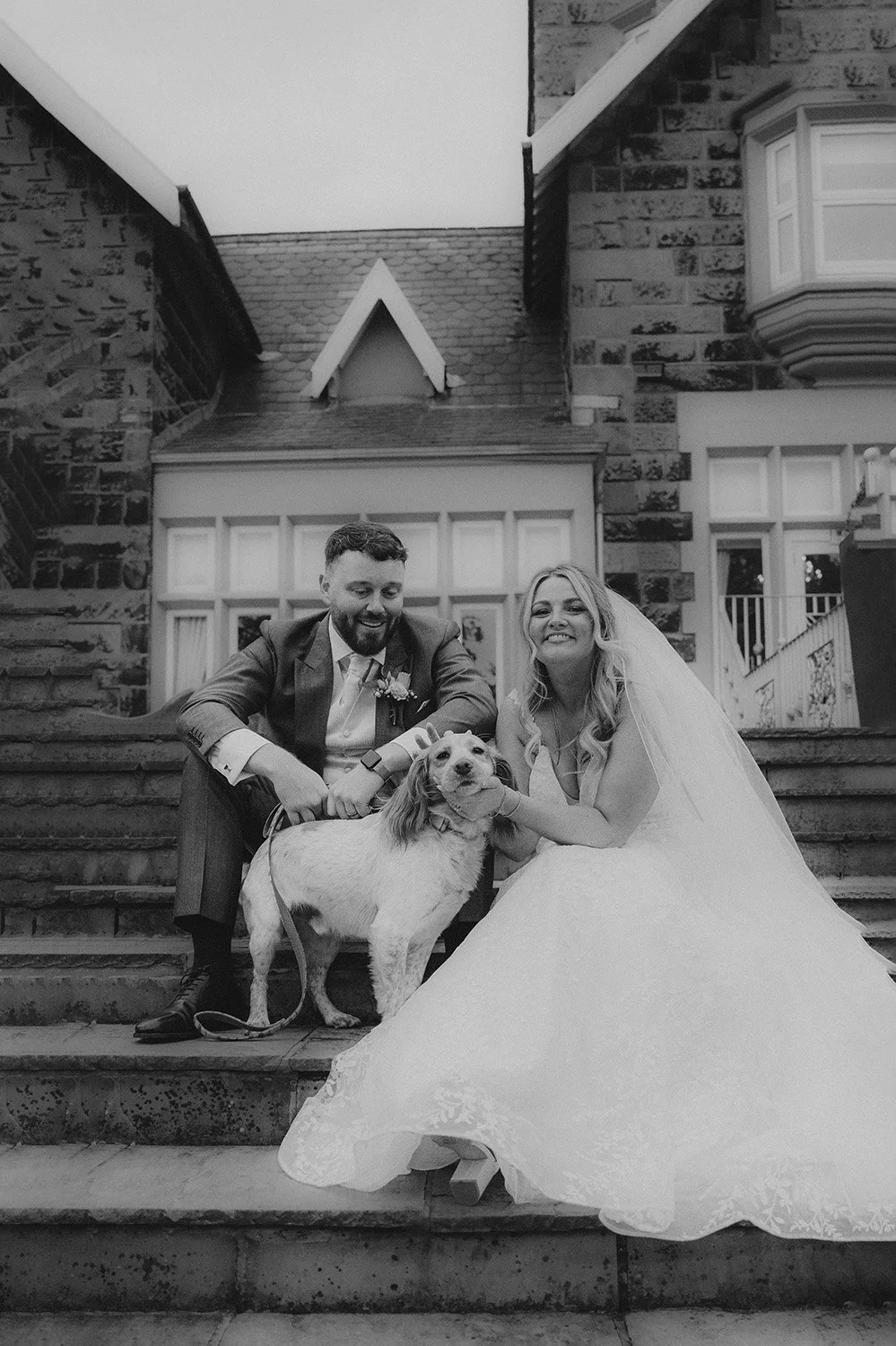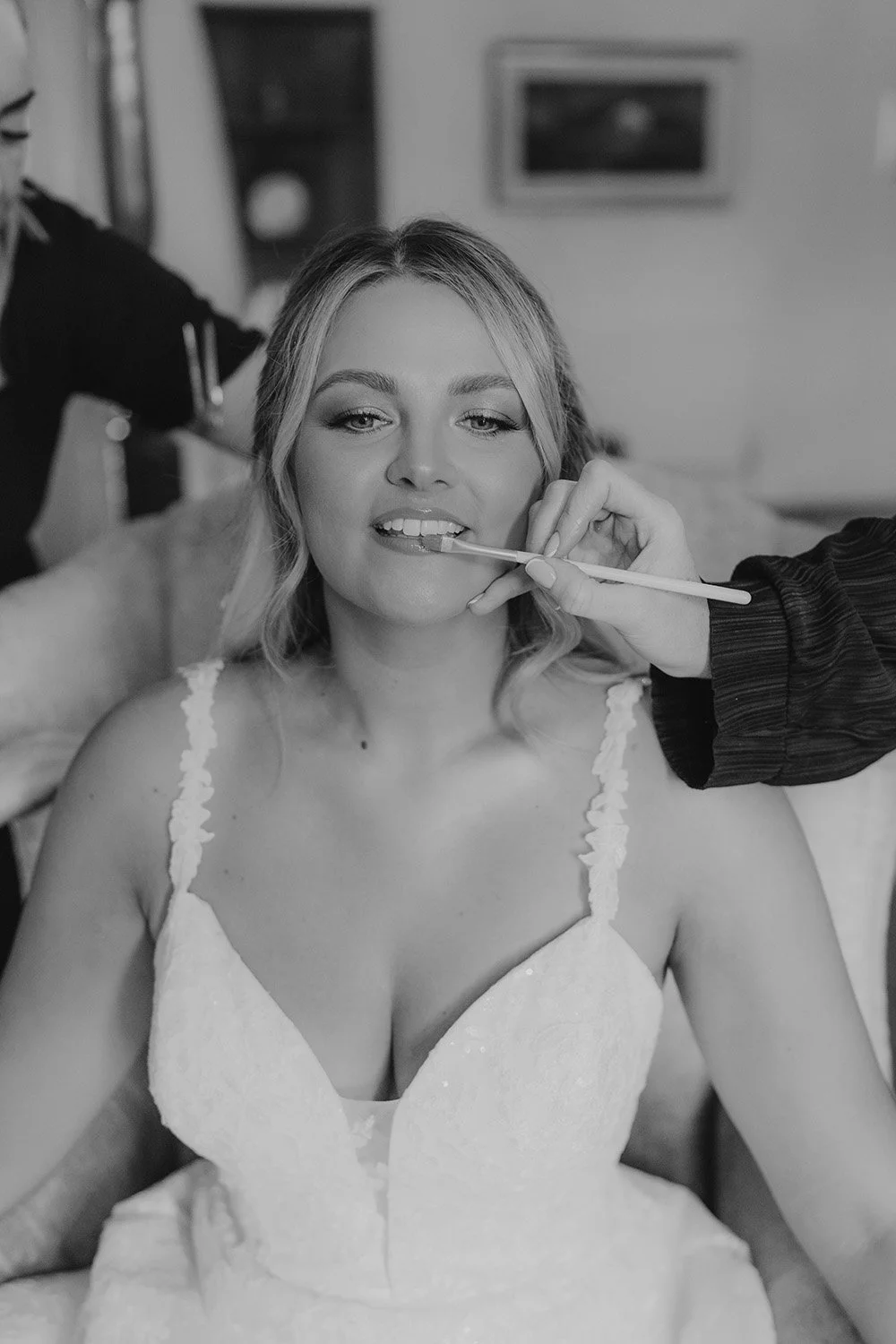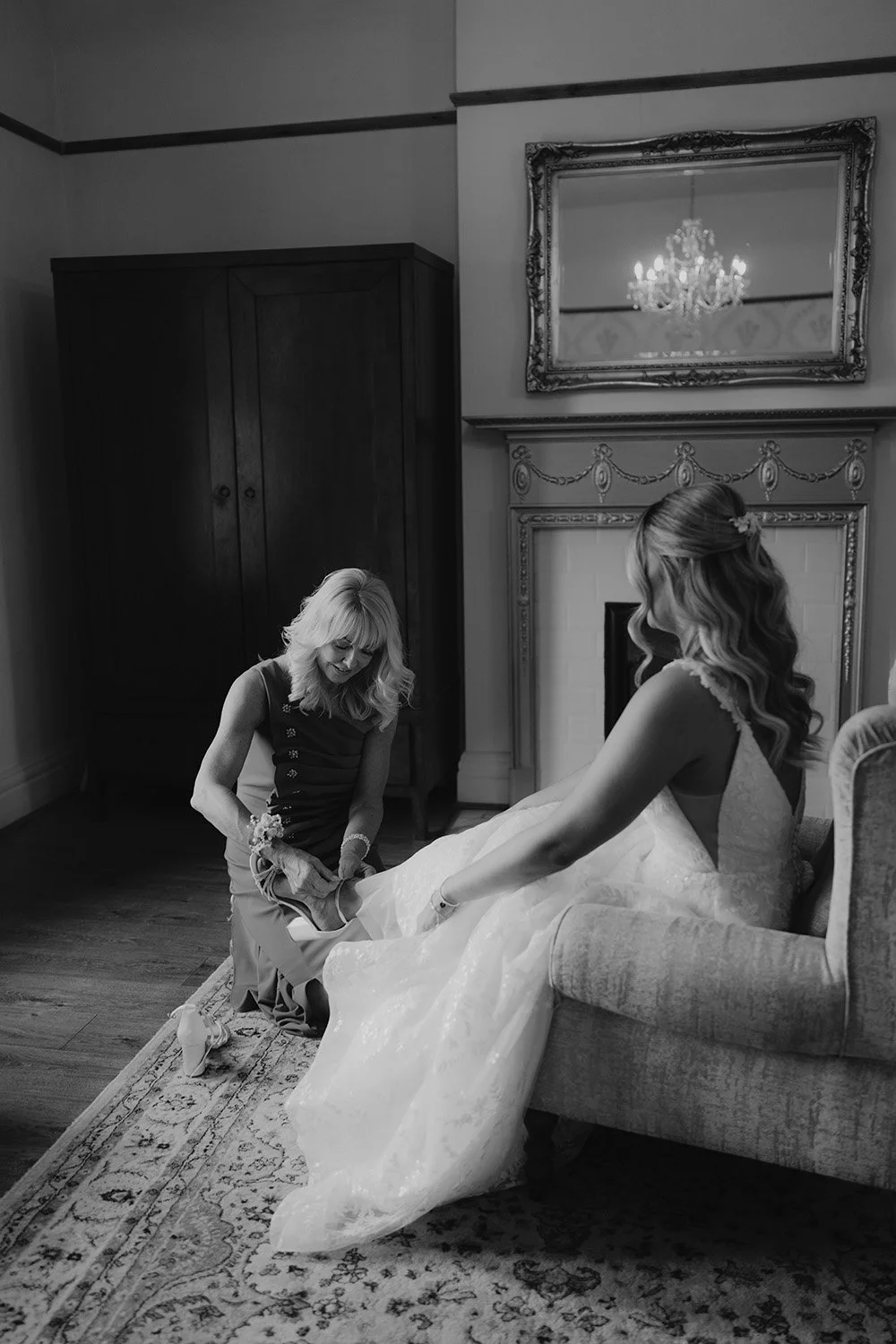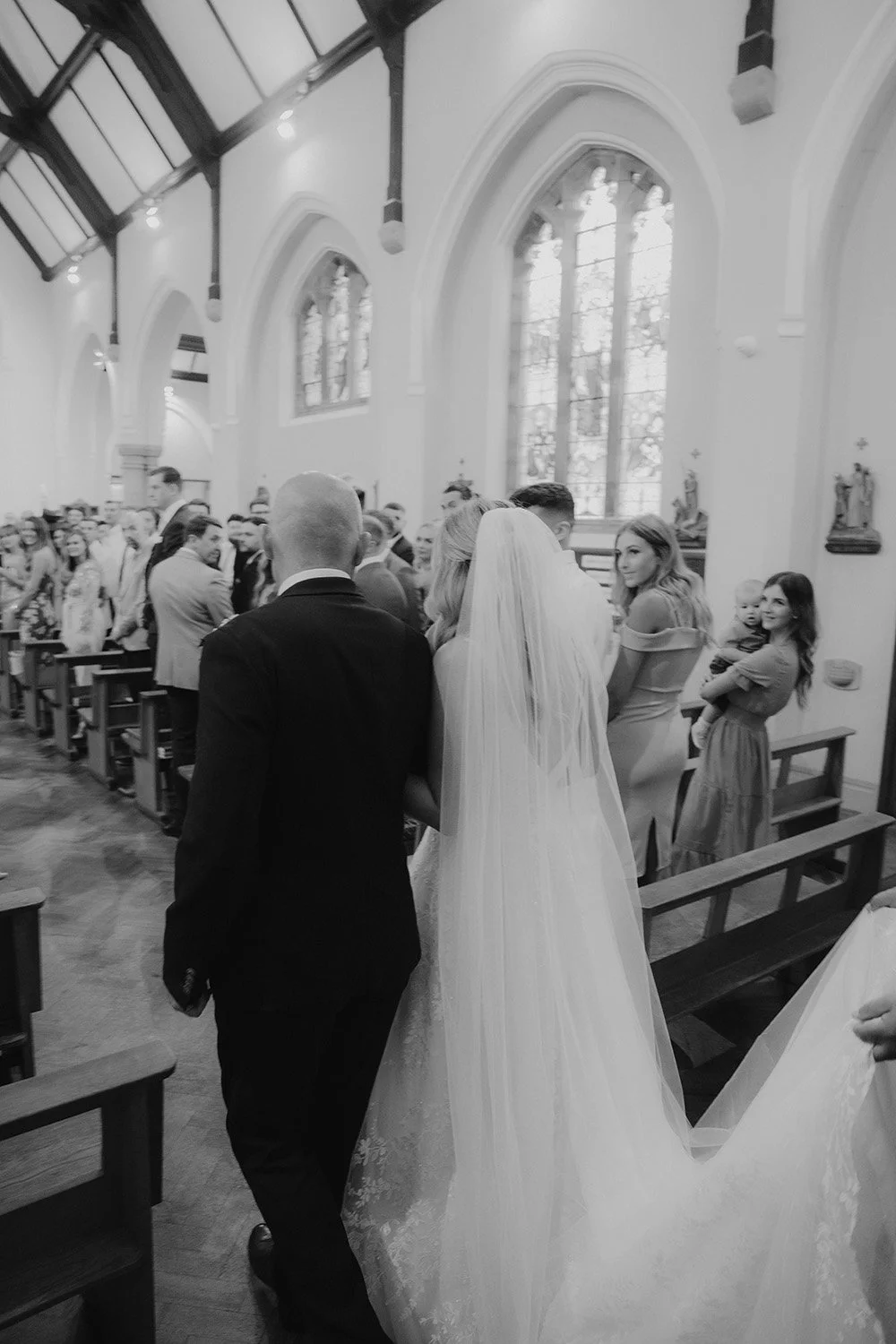West Tower Wedding Photography - Katie & Terry
West Tower in Ormskirk, Lancashire, was the perfect backdrop for Katie and Terry’s stunning wedding. With its mix of historic charm and modern touches, this exclusive venue brought their dream day to life.
About West Tower
Nestled in eight acres of peaceful countryside, West Tower is one of the most incredible wedding venues in Lancashire. Originally built in 1785, it combines timeless elegance with contemporary comfort. With breathtaking views and spaces like the elegant Ballroom and romantic outdoor pagoda, it’s no wonder couples flock here.
West Tower is also a photographer’s dream. From the sweeping lawns to the quaint wishing well and open countryside, every corner offers a picture-perfect moment.
The Wedding Day
Katie and Terry’s big day was nothing short of magical. The decorations matched the Ballroom’s neutral tones beautifully, with pastel florals and soft lighting creating an intimate and romantic atmosphere. It was all about understated elegance, and it worked perfectly.
Katie looked radiant in a classic white dress with a long veil, her look completed with delicate lace details. Terry was the picture of sophistication in a grey morning suit.
The couple exchanged their vows at a charming local church, surrounded by family and friends. The ceremony was heartfelt and filled with love, with the light streaming through the stained-glass windows adding a touch of magic.
Wedding Reception at West Tower
After the ceremony, guests headed to West Tower for the reception. Drinks and canapés kicked off the celebrations before everyone moved into the Ballroom for the wedding breakfast.
The food was exceptional, as always at West Tower. The menu, crafted by their talented chefs, was a hit with everyone. From the starters to the evening buffet, it was all about quality and flavor. Later, the Leather Lounge became the spot for cozy chats and laughter.
We had some family photos on the lawn, then the speeches brought both laughter and tears, with heartfelt words from loved ones. These moments were filled with so much joy and laughter, and the wishing well even made an appearance in a few shots!
Music filled the Ballroom as the evening kicked off with Katie and Terry’s first dance. The dancefloor stayed packed, with the DJ keeping everyone moving until late.
West Tower Wedding Photos
Katie and Terry’s couples photoshoot was one of the day’s highlights. We took a short stroll down the road, proving that you don’t need elaborate setups for incredible photos. The countryside around West Tower provided the perfect natural backdrop, and the golden hour lighting added that extra magic.
West Tower Wedding Photographer
Planning your wedding at West Tower? You’re going to want every moment captured perfectly. We’re Take Two Wedding Photography, based in Lancashire, and we’re here to make sure your memories last a lifetime. Get in touch to book us for your big day!
FAQs: Getting Married at West Tower
What accommodation options are available at West Tower?
West Tower offers on-site accommodation for up to 70 guests. This includes 31 bedrooms, with the main house featuring rooms named after Champagne houses, and additional accommodation in The Stables and The Cottages. The luxurious Dom Perignon suite is reserved for the newlyweds.
What are the ceremony and reception capacities at West Tower?
West Tower is licensed to hold wedding ceremonies for up to 145 guests, which can take place either in the bright, airy Ballroom or outdoors under the romantic pagoda. The reception capacity is up to 250 guests for the evening celebration.
What facilities and services are included at West Tower?
The venue offers exclusive use, a Ballroom with large windows overlooking the countryside, a Cellar Bar, a Leather Lounge with a fireplace, and outdoor spaces including a lawn and wishing well. Other facilities include in-house catering, an in-house wine list, an alcohol license, and an in-house wedding coordinator. The venue also provides bridal changing facilities, disabled access, and on-site parking.
What are the wedding prices at West Tower?
West Tower offers various wedding packages ranging from £5,000 to £8,495. These packages typically include:
Exclusive use of the venue
Wedding coordinator available on the day
Wine and soft drinks allowance per guest
Canapés
Furniture
Couple accommodation
Day-before setup available
The exact details and inclusions can vary depending on the package chosen.
What dining options are available at West Tower?
West Tower provides in-house catering with menus designed to fit your style, whether it's a formal sit-down meal or a relaxed barbecue. The Cellar Bar team ensures that drinks are flowing throughout the day. The venue can accommodate various dietary requirements, and guests have praised the food for its quality and taste.
